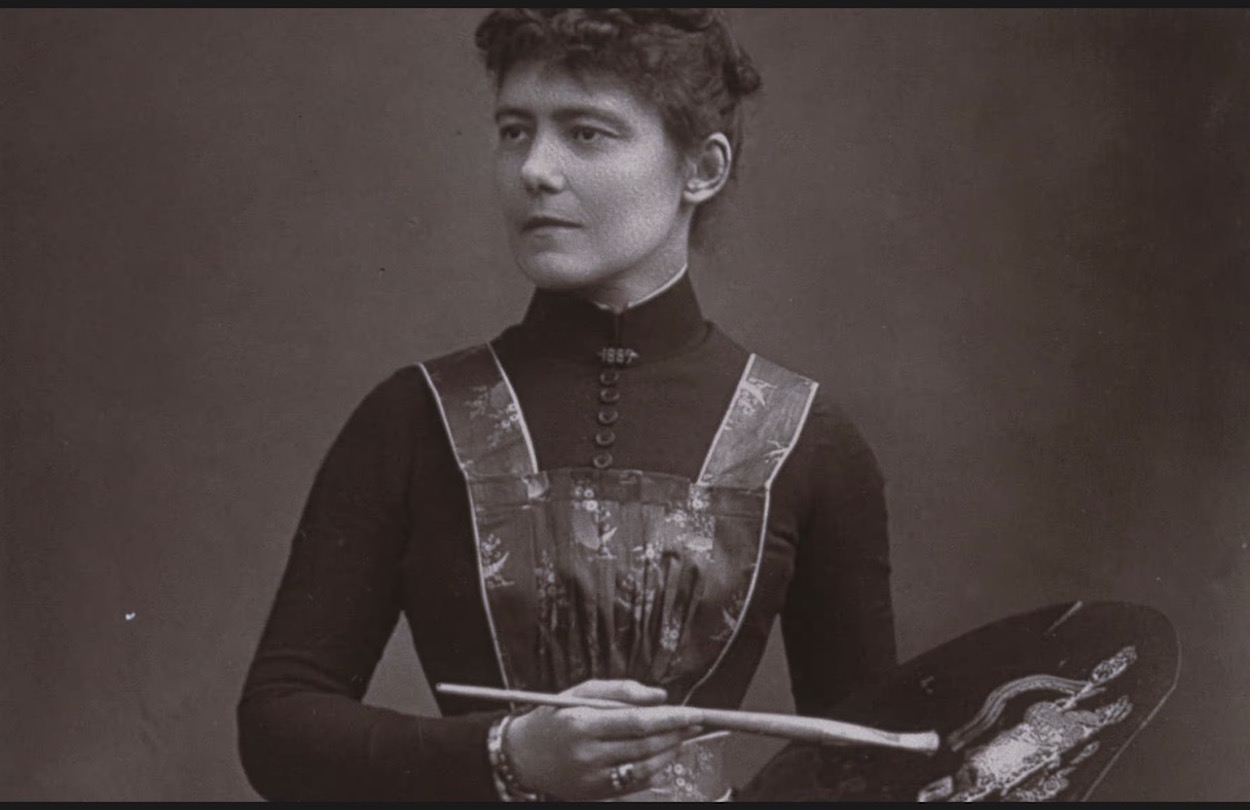Louise Jopling was a prominent female artist in late 19th-century London, moving within the most distinguished artistic circles of her time. Born in Manchester, England, she studied in Paris under Charles Chaplin, a romantic portrait and landscape painter notable for accepting only female students. Among his pupils was the celebrated American Impressionist Mary Cassatt. Under Chaplin's guidance, Jopling had the rare opportunity to study anatomy from nude models—an experience generally unavailable to women artists in Victorian England.
In 1878, Jopling exhibited A Modern Cinderella at the third Paris World Fair. This compelling image revives the familiar Cinderella story of unjust oppression followed by triumphant reward. The requisite shoe lies in the foreground to establish identity, while the clock reflected in a mirror strikes midnight as Cinderella hangs up her gown. Her black boots and day clothes are draped over a chair in the right foreground.
Despite the narrative elements scattered throughout the painting, its meaning remains elusive. The artist's easel is also reflected in the mirror, suggesting the setting might be Jopling's studio. Did she cast herself as Cinderella in this scene? Is she both the artist and the model? Might this be a self-portrait, depicting herself in Pre-Raphaelite aesthetic dress? Is she hinting at a sense of diminished success as a female artist, symbolized by removing a costly frock? Ultimately, Jopling challenges the viewer to interpret the ambiguous narrative, leaving it open to multiple interpretations.
P.S. Getting a proper art education was very difficult for women before the 20th century. This is also one of the reasons why women artists proudly painted self-portraits presenting themselves as artists. Take a look at some of the stories of women fighting for art education!


 Louise Jopling
Louise Jopling